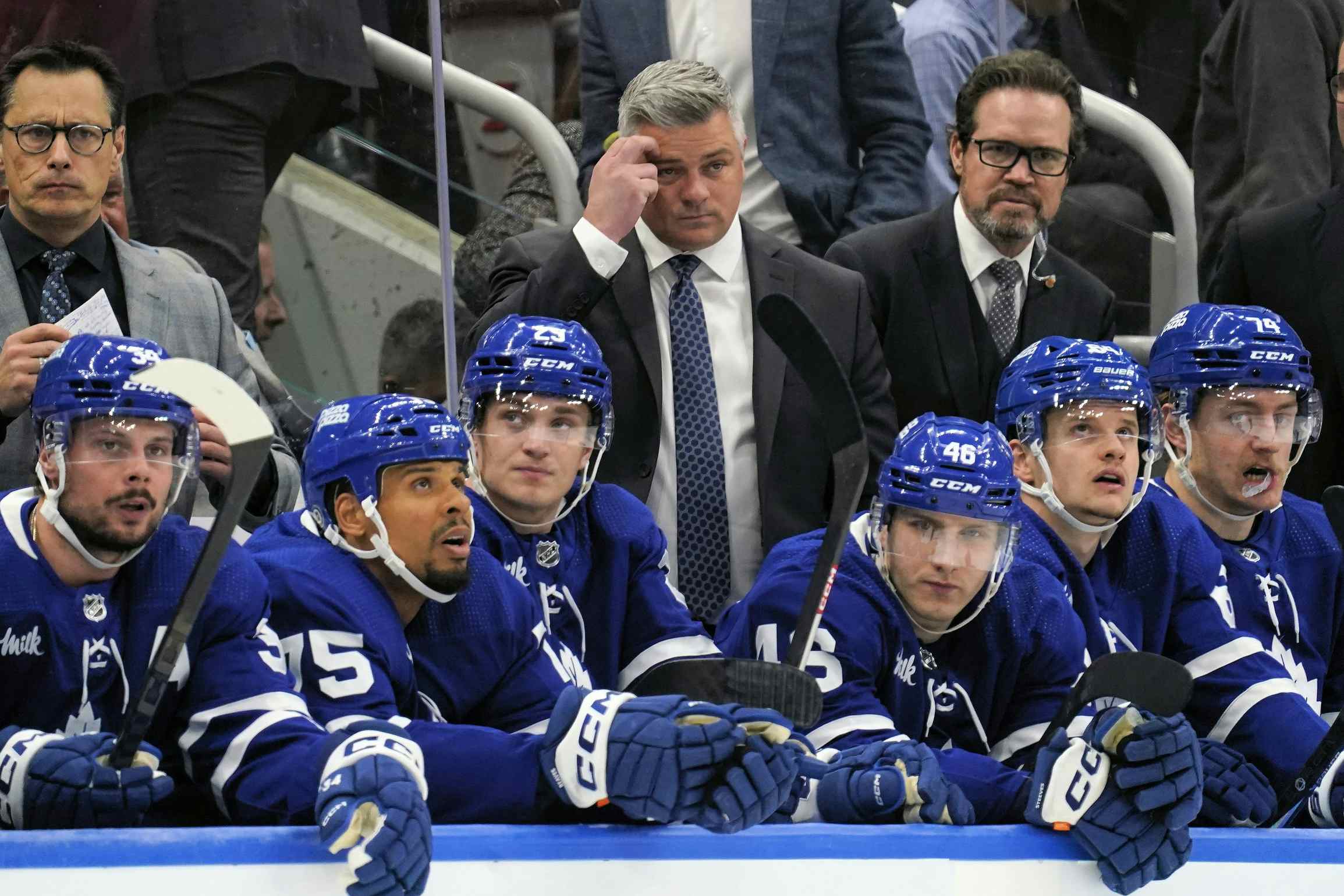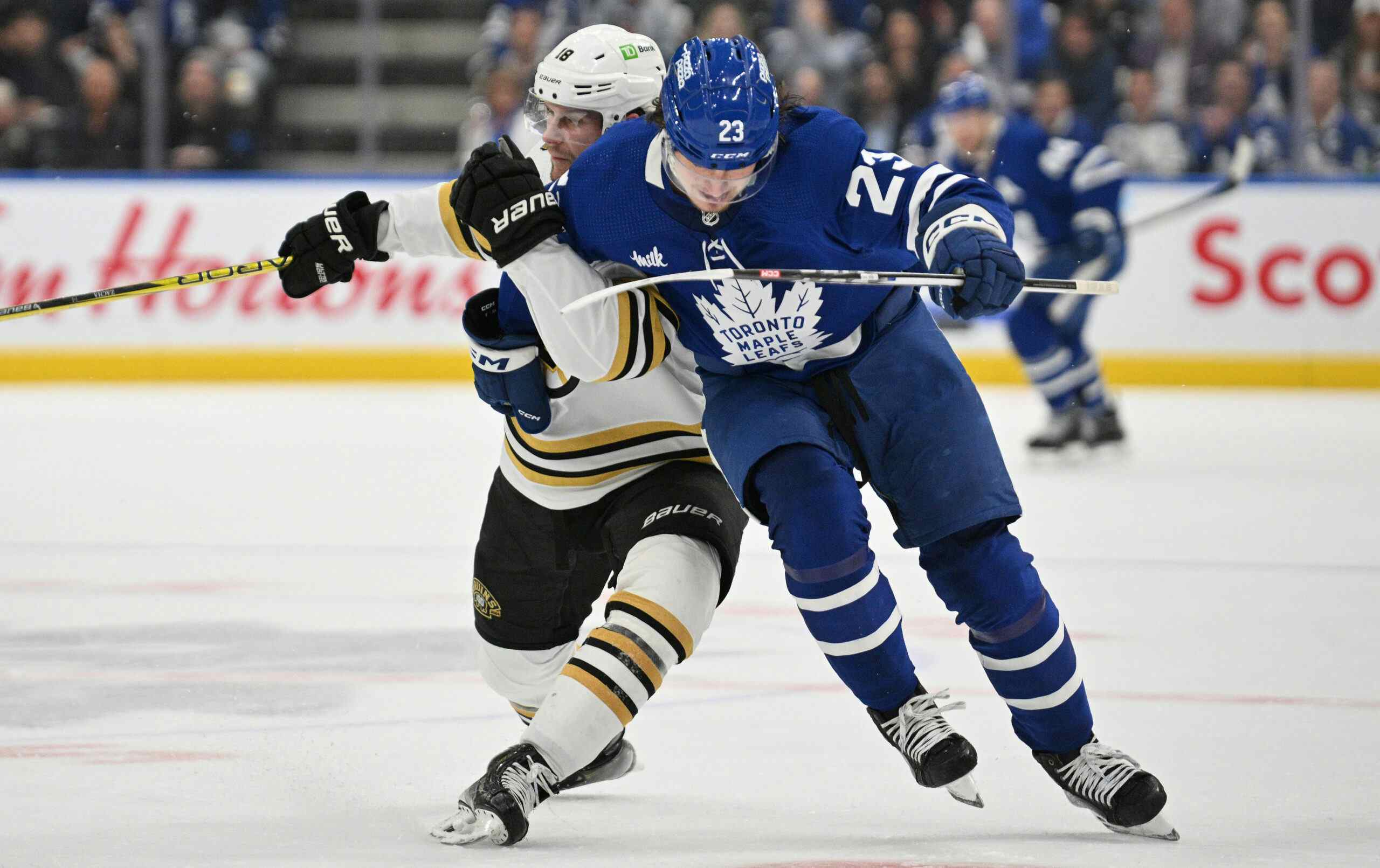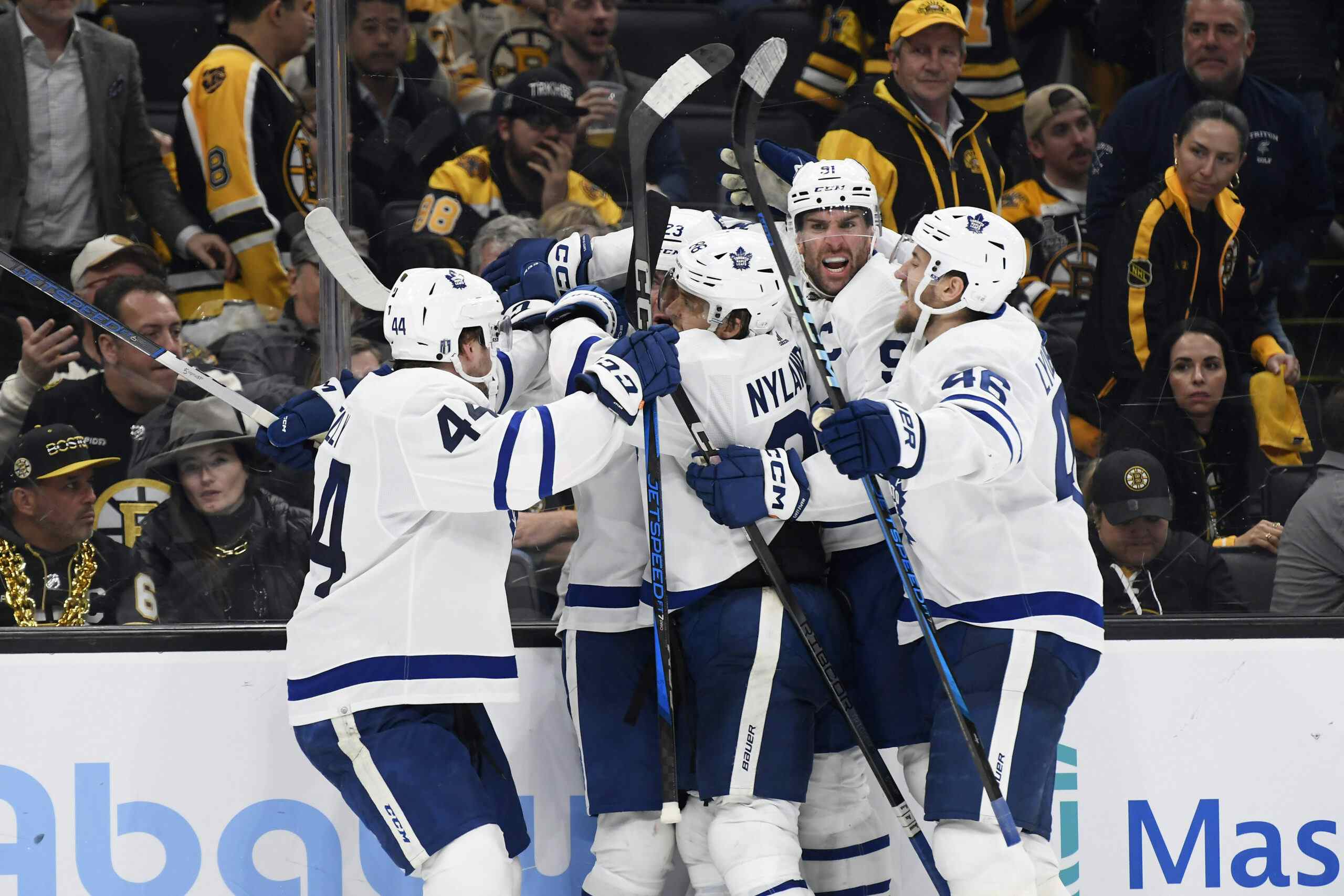Today is a good day in Leafs trade history

Photo Credit: John E. Sokolowski/USA TODAY SPORTS
The Toronto Maple Leafs haven’t often made waves on February 9th. Just three times in their 100-year history has the team decided to make a trade on that day, but here’s the neat thing: it’s always worked out well for them.
2000 with Tampa Bay
The Leafs give up: Mike Johnson, Marek Posmyk, 2000 5th+6th round picks, future considerations
The Leafs receive: Darcy Tucker, 2000 4th round pick, future considerations
The Leafs were looking to get tougher with a touch of scoring punch, and in Tucker they thought they would get their man. The Junior and AHL phenom was finally starting to hit his stride in the NHL, putting up 97 points in 132 games with the rebuilding lightning in his Age 23 and 24 seasons. On the other side of the coin, Johnson was considered an effective two-way winger, but didn’t come with the same degree of sandpaper as Tucker did. Posmyk was a case of an overstayed welcome after failing to progress in his first four post-draft seasons, and was thrown in mostly to free up roster space.
The trade worked out very well. Tucker was a mainstay on the Leafs for the next nine seasons, and while Johnson ended up having the best individual season of the two, it came with Phoenix, who he left Tampa for via free agency. What makes this trade even better, though, is that while the pre-decided picks turned into nothing, the future considerations involved a swap of 5th rounders in 2001, and the Leafs picked Kyle Wellwood with the selection that Tampa gave them.
2011 with Anaheim
The Leafs give up: Francois Beauchemin
The Leafs receive: Jake Gardiner, Joffrey Lupul, 2013 4th round pick
Beauchemin was originally acquired by the Leafs a year and a half prior as part of Brian Burke’s attempt to quick-start the rebuild of his defensive corps. It was a sound theory, and Beauchemin was probably a better player than he had the opportunity to show himself to be here, but with criticism stacking up, Burke decided to look younger.
So he went after one of his last draft picks with the ducks, NCAA defenceman Jake Gardiner. The then 20-year-old was having a breakout season with the University of Wisconsin and had impressed many with his skating ability to match the numbers. Gardiner was considered an elite prospect at the time, though, so the Leafs had to take on a bad contract to even the score.
Specifically, they took on Joffrey Lupul, who had back issues and was speculated to be a longshot to play regularly again, and a longer shot to be effective in the role. To give an idea of how little hope was had for Lupul, the 4th round pick was conditional, and the condition to make it go from a sixth to a fourth was that Lupul was to play 40 games in the remainder of his contract. In essence, him playing was seen as a punishment to be compensated.
But Lupul recovered. Before his contract ended, he played 120 games. Not just hat, he picked up 103 points in that time, becoming one of the highest scoring Leafs of that mini-era. Gardiner? He went pro at the end of the season, played 96 NHL and AHL games the year following, and eventually became one of the best defencemen the Leafs have had over the past decade.
It wasn’t a total rout in the end; Beauchemin rebounded after leaving (though not to the same level), and extending Lupul instead of selling high in 2013 was a bit silly, but this should be remembered as one of the biggest slam dunk deals in the modern era for the Leafs.
2016 with Ottawa
The Leafs give up: Dion Phaneuf, Matt Frattin, Casey Bailey, Ryan Rupert, Cody Donaghey
The Leafs receive: Jared Cowen, Colin Greening, Milan Michalek, Tobias Lindberg, 2017 2nd round Pick
There’s still some time left on the clock to see what the long-term implications of this move are, but so far, it’s looking very, very wise. Hopes were high for Phaneuf when he signed his seven-year, $49 million contract on the eve of 2014, and it made sense compared to the Unrestricted Free Agent market at the time, but hindsight showed a few things, notably..
- Allotting large chunks of your available resources to achieving equal market value pushes you towards mediocrity, rather than success, as you have less room to make undercutting moves and create gains.
- The Leafs weren’t at a stage in their group development cycle where a late 20’s, early 30’s defenceman signed for a long period of time would help much.
- Also, some of us (I’ll be the first to admit I’m guilty here) likely were too quick to come to the defence of some of his more disappointing long-term results, citing usage issues that, while they made differences, weren’t as significant as we once believed.
So getting away was in the long-term interests of the team, especially considering the fact that he was the face of the old regime. Passing the torch while holding onto the original bearer hangs around often leads to nervous tension, which made the exodus of Phaneuf (and Phil Kessel in the summer prior) sensible, if sentimentally hard to swallow.
As for the deal itself? It was a great flex of financial muscle. Toronto ate money in the present to make room for the raises their core will need in the future. Cowen’s buyout provided tonnes of entertainment and a bit of cap relief this year, Greening has been a consistent contributor to the Marlies and, paired with Michalek, will be off the books this summer. Lindberg seems like a bit of a longshot to be much but is another coin to toss in the system, and draft picks are always great.
Looking the other way, Bailey has been a good soldier in the AHL for Binghamton isn’t likely to have much of an NHL career, Rupert is now in the ECHL, Donaghey is still playing in the QMJHL at 20 years old, and Frattin actually stayed with the Marlies after the trade. As for Phaneuf, he’s been decent despite spending so much time with Cody Ceci and seems to gel well with the Senators organization, but will likely never be worth the deal.
A year in, it’s safe to say this will be another successful February 9th blockbuster.
Recent articles from Jeff Veillette





